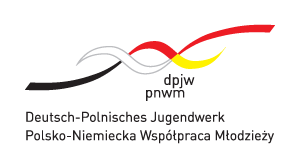 The 50th anniversary of Willi Brandt's visit to Warsaw, during which he paid tribute to the fallen Poles in front of the Tomb of the Unknown Soldier, as well as to the Jews when he knelt down at the Monument to the Ghetto Heroes, is an opportunity for a broader reflection on Polish-German relations not only in recent decades. It is undertaken by Dr. Robert Żurek, a member of the Management Board and Managing Director of the Krzyżowa Foundation for Mutual Understanding in Europe, in his latest article "How Germany changed its course and broke with its negative policy towards Poland".
The 50th anniversary of Willi Brandt's visit to Warsaw, during which he paid tribute to the fallen Poles in front of the Tomb of the Unknown Soldier, as well as to the Jews when he knelt down at the Monument to the Ghetto Heroes, is an opportunity for a broader reflection on Polish-German relations not only in recent decades. It is undertaken by Dr. Robert Żurek, a member of the Management Board and Managing Director of the Krzyżowa Foundation for Mutual Understanding in Europe, in his latest article "How Germany changed its course and broke with its negative policy towards Poland".
The article was published on the website Więź.pl.
“(…) The conflict began with Prussia's efforts to change the border with Poland in the mid-18th century. One of the most stable borders in the history of Europe, which has not changed for several centuries. Now the will of Prussia was to shift to their advantage, and to the disadvantage of its eastern neighbor. It was the main cause of the partitions. The end of the conflict was the recognition by Germany of the border on the Oder and Neisse in 1990. The subsequent phases of the antagonism between these two dates were compared by Michael G. Müller to the pendulum motion (…)
(…) Brandt's visit should be viewed more broadly than just a breakthrough in relations between the Polish People's Republic and Germany. It was in fact a turning point in Polish-German relations from the mid-18th century. It was the first time a serious attempt was made to get along with Poles, the first time their own interests were sacrificed to build good relations with Poland, the first time they accepted the fact that the pendulum may not bounce the other way anymore…”.



